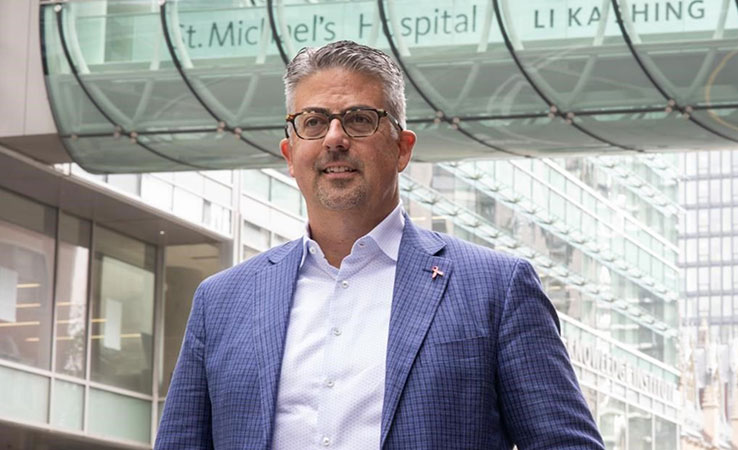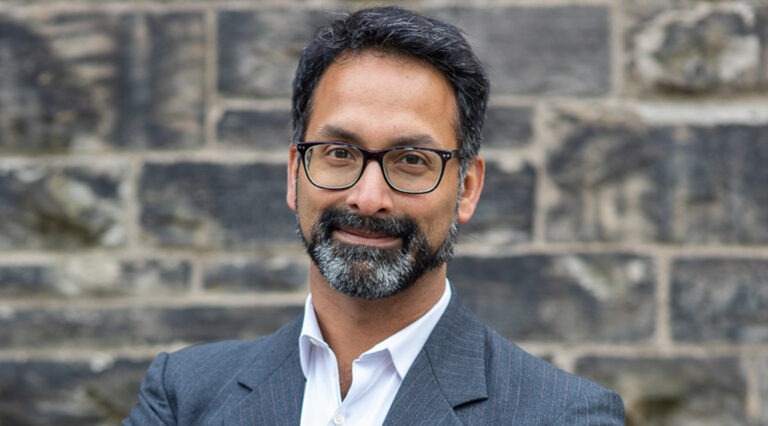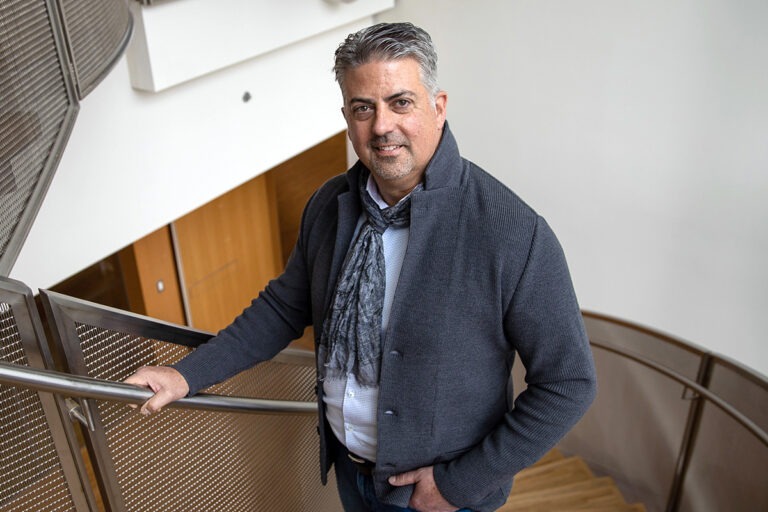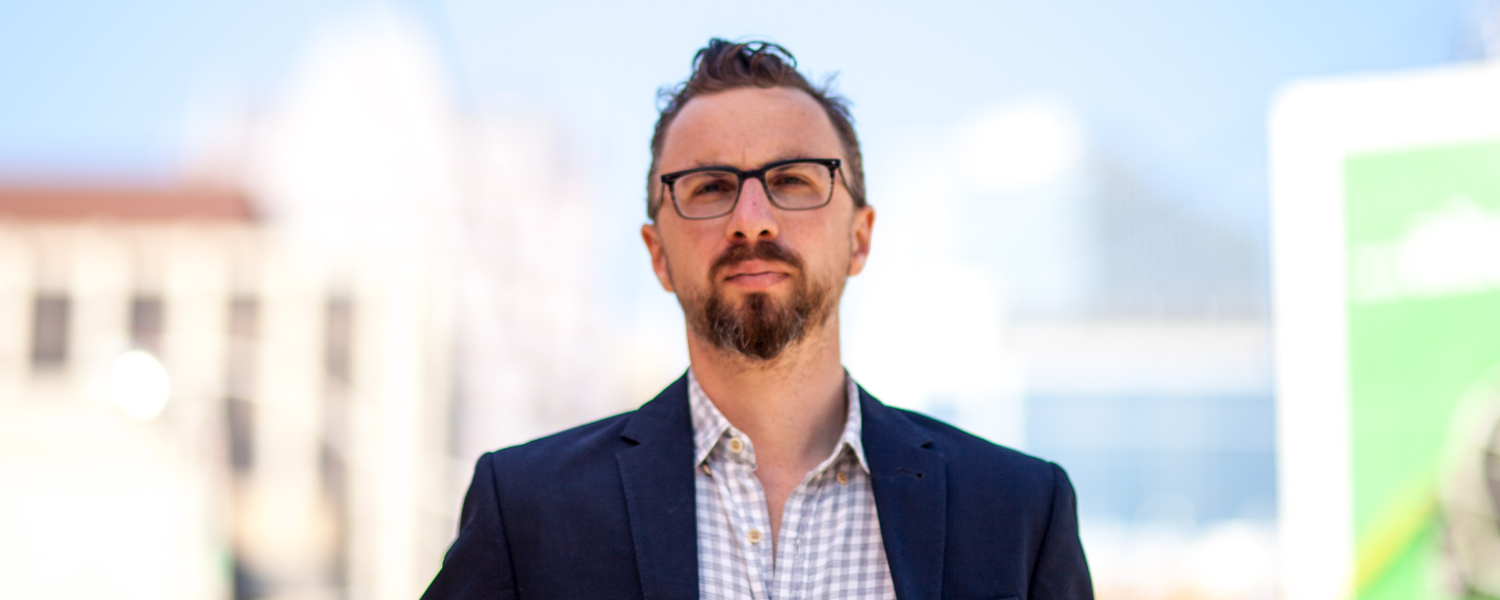Lire cet article en français
From CP24
Toronto’s Board of Health is urging the city to keep its warming centres open 24/7 for the remainder of the winter season.
The board of health voted overwhelmingly in favour of the motion Monday afternoon during its monthly meeting.
The motion, jointly presented by councillors Ausma Malik, Ajejandra Bravo and Gord Perks, also asks city council to declare a public health crisis based on the “systemic failure of all three levels of government to provide adequate 24-hour, drop-in and respite spaces.”
In a statement released following the meeting, a spokesperson for John Tory said that the mayor “supports a pragmatic approach based on the best advice from our city staff” when it comes to helping Toronto’s most vulnerable.
The spokesperson, however, noted that last year roughly half of the times that warming centres were opened it was done in the absence of an Extreme Cold Weather Alert, which is the automatic trigger for the opening of the centres.
Deputants urge city to act
A dozen deputants, many of whom shared difficult first-hand stories about how the cold has harmed those they love and care about, spoke during Monday’s meeting.
Dr. Jacqueline Vincent, a psychiatry resident at St. Michael’s Hospital, asked why it acceptable to continuously holding discussions about basic human rights like people not freezing to death on the streets instead of doing something about it.
“Please do what you can to help make help patients keep their fingers and toes and feet intact. Please do what you can to prevent me from seeing more patients like the one I did just a couple of weeks go whose feet were so badly frostbitten they could not walk for days,” she said.
“Please help my patients keep themselves and their belongings warm and dry during cold winter says.”
Dr. Stephen Hwang, an internal medicine physician at St. Mike’s and the director of Unity Health’s MAP Centre for Urban Health Solutions, expressed how he’s become “increasingly concerned” about the health and wellbeing of unhoused people in Toronto this winter.
Hwang, who along with colleagues published a research paper on the effects of hypothermia on people experiencing homelessness in Toronto, said he often faces the “impossible dilemma” of discharging his patients to the street and the cold “after having laboured so hard and so long to help them recover from a serious illness.”
Le conseil de santé demande instamment à la Ville de maintenir les centres d’accueil ouverts en tout temps pendant le reste de l’hiver.
Tiré de CP24
Le conseil de santé de Toronto demande instamment à la Ville de maintenir ses centres d’accueil ouverts 24 heures sur 24, 7 jours sur 7, pour le reste de la saison hivernale.
Le conseil de santé a voté massivement en faveur de la motion, lundi après-midi, lors de sa réunion mensuelle.
La motion, présentée conjointement par les conseillers Ausma Malik, Ajejandra Bravo et Gord Perks, demande également au conseil municipal de déclarer une crise de santé publique en raison de « l’échec systémique des trois ordres de gouvernement à fournir des espaces adéquats de répit 24 heures ».
Dans une déclaration publiée à la suite de la réunion, un porte-parole de John Tory a déclaré que le maire « soutient une approche pragmatique basée sur les meilleurs conseils de notre personnel municipal » lorsqu’il s’agit d’aider les personnes les plus vulnérables de Toronto.
Le porte-parole a toutefois souligné que l’année dernière, près de la moitié des occasions où les centres d’accueil ont été ouverts l’ont été en l’absence d’une alerte de froid extrême, qui est le déclencheur automatique de l’ouverture de ces centres.
Des intervenants exhortent la Ville à agir
Une douzaine d’intervenants, dont plusieurs ont partagé des histoires personnelles éprouvantes sur la façon dont le froid a affecté ceux qu’ils aiment et dont ils se soucient, ont pris la parole au cours de la réunion de lundi.
La Dre Jacqueline Vincent, résidente en psychiatrie à l’hôpital St. Michael, a demandé pourquoi il était acceptable de tenir continuellement des discussions sur les droits fondamentaux de la personne, comme le fait que les gens ne meurent pas de froid dans la rue, au lieu de prendre des mesures pour remédier à la situation.
« S’il vous plaît, faites ce que vous pouvez pour aider les patients à garder leurs doigts, leurs orteils et leurs pieds en bonne santé. S’il vous plaît, faites ce que vous pouvez pour que je ne voie plus de patients comme celui que j’ai vu il y a quelques semaines et dont les pieds étaient tellement gelés qu’il a été incapable de marcher pendant plusieurs jours », a-t-elle déclaré.
« S’il vous plaît, aidez mes patients à se garder, eux et leurs biens, au chaud et au sec pendant les froids de l’hiver. »
Le Dr Stephen Hwang, médecin en médecine interne à St. Michael’s et directeur du Centre MAP pour des solutions de santé urbaine d’Unity Health, a exprimé comment il est devenu « de plus en plus préoccupé » cet hiver par la santé et le bien-être des personnes sans logis à Toronto.
Le Dr Hwang, qui a publié avec ses collègues un document de recherche sur les effets de l’hypothermie sur les personnes sans domicile fixe à Toronto, a déclaré qu’il était souvent confronté au « dilemme impossible » de renvoyer ses patients dans la rue et le froid « après avoir travaillé si dur et si longtemps pour les aider à se remettre d’une maladie grave ».







